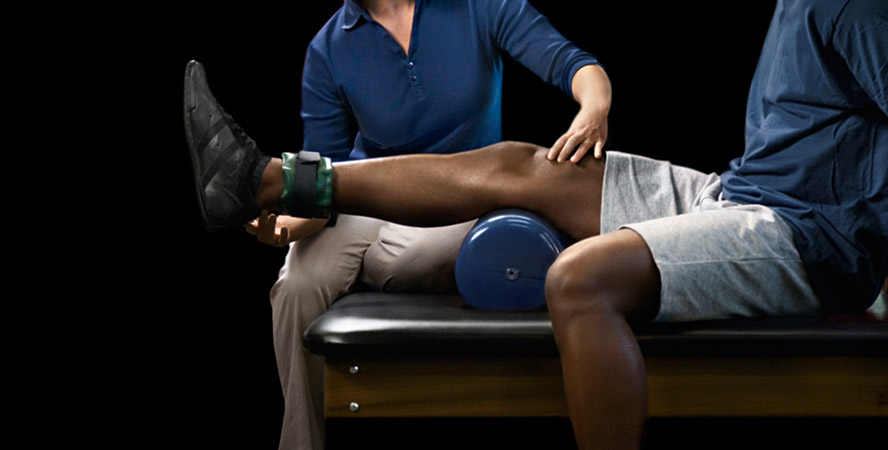Investigating the Diverse Methods of Physical Rehabilitation for Improved Recovery and Rehabilitation
Investigating the Diverse Methods of Physical Rehabilitation for Improved Recovery and Rehabilitation
Blog Article
Physical therapy is an essential discipline that helps individuals heal from injuries, surgeries, and various medical issues. It involves a variety of methods aimed to improve mobility, alleviate discomfort, and boost general physical capability. Physical therapists are trained professionals who assess each client’s needs and develop personalized treatment plans. These plans often consist of exercises, hands-on treatment, and education about body movements. By employing these diverse techniques, physiotherapy can significantly improve a person’s quality of living.
One frequent technique used in physiotherapy is therapeutic activity. This includes targeted actions and exercises that assist strengthen muscles, enhance flexibility, and boost stamina. For example, a patient recovering from leg surgery may perform workouts that focus on restoring power in the lower limb muscle groups. These exercises are meticulously selected based on the individual’s condition and objectives. By gradually increasing the difficulty and challenges of the exercises, physiotherapy therapists can assist clients regain their strength and movement over time.
Another important technique is hands-on therapy, which includes physical methods to manipulate the human body soft tissues and articulations. This can involve flexibility exercises, joint movement, and manipulation. Manual treatment aims to relieve discomfort, reduce inflammation, and improve blood flow. For example, a therapist may apply gentle force to ease stress in tight muscles or to help a joint move more smoothly. This technique is often combined with other therapies to enhance rehabilitation and promote recovery. Clients often find manual treatment to be a relaxing and beneficial way to manage their discomfort.
In furthermore to exercises and hands-on therapy, instruction plays a crucial part in physiotherapy. Practitioners teach clients about their conditions and how to manage them efficiently. This may entail advice on proper posture, physical mechanics, and techniques to avoid future injuries. For instance, a practitioner might show a patient how to lift heavy items properly to prevent injuring their back. By empowering patients with knowledge, physiotherapy therapists assist them take an engaged part in their recovery and promote long-term wellness and well-being.
Ultimately, technological advancements is progressively being integrated into physiotherapy practices. Devices such as ultrasound, electrotherapy stimulation, and immersive reality can improve conventional treatment approaches. These technologies can help reduce discomfort, promote recovery, and provide interactive ways for patients to engage in their rehabilitation. For instance, virtual reality can create engaging environments for clients to practice actions in a controlled and secure environment. As technology continues to develop, it provides exciting opportunities for enhancing recovery results in physical.
In conclusion, physiotherapy encompasses a variety of methods that work together to support rehabilitation and rehabilitation. Through rehabilitative activities, manual treatment, client education, and the application address of technological tools, physical practitioners offer comprehensive treatment tailored to each patient’s needs. This holistic method not only assists patients recover their bodily abilities but also enables them to sustain their health in the long future. As an increasing number of people acknowledge the advantages of physical, it continues to serve a vital role in the pathway toward improved health and fitness.